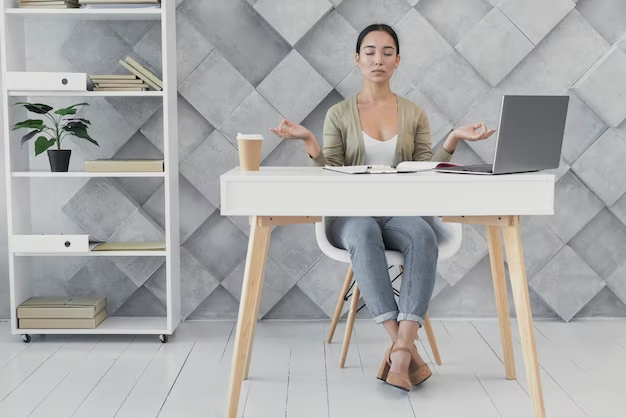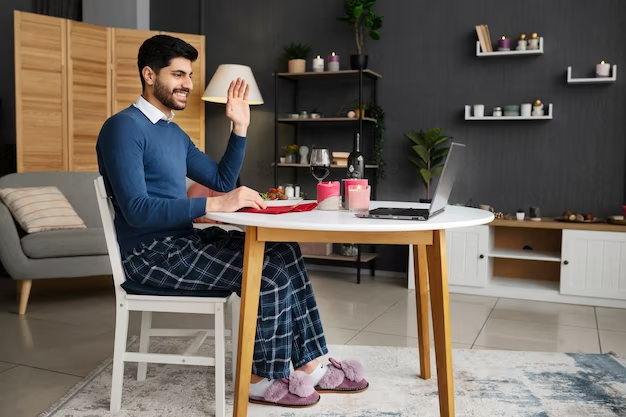
As remote work becomes more prevalent, transforming your living space into a productive and comfortable home office is essential for maintaining your well-being and efficiency. Designing a workspace that reflects your style, promotes focus, and offers comfort can greatly enhance your work-from-home (WFH) experience. In this article, we’ll explore strategies to help you feel at home while working remotely.
1. Designate a Dedicated Workspace:
Creating a designated workspace helps establish a clear boundary between work and leisure. Choose an area in your home where you can set up your desk, chair, and necessary equipment. This separation can aid in maintaining work-life balance and minimizing distractions.
2. Optimize Ergonomics:
Ergonomics play a crucial role in preventing discomfort and strain during long work hours. Invest in an ergonomic chair that supports your posture and a desk at a comfortable height. Ensure your computer monitor is at eye level to reduce neck strain.
3. Personalize Your Space:
Incorporate personal touches that make your home office feel uniquely yours. Add decorations, artwork, or plants that resonate with your style and create a welcoming atmosphere. These touches can contribute to a sense of belonging and comfort.
4. Utilize Natural Light:
Position your workspace near a window to benefit from natural light. Natural light not only boosts mood and productivity but also reduces eye strain. If possible, adjust your desk to avoid glare on your screen.
5. Keep it Clutter-Free:
A clutter-free workspace promotes focus and clarity of mind. Organize cables, papers, and supplies to maintain an orderly environment. Invest in storage solutions that help keep your workspace tidy and efficient.
6. Incorporate Greenery:
Plants can enhance the ambiance of your home office while improving indoor air quality. Choose low-maintenance plants that thrive indoors, such as succulents or peace lilies, to add a touch of nature to your space.
7. Stay Connected:
Keep in touch with colleagues and friends to maintain a sense of connection. Set up regular virtual meetings and communicate frequently to combat feelings of isolation. This human interaction can contribute to a sense of belonging even when working remotely.

8. Establish a Routine:
Maintain a consistent daily routine to help separate work hours from personal time. Set a schedule for starting and ending work, taking breaks, and engaging in other activities to create a sense of structure.
9. Prioritize Comfort:
Choose comfortable furniture and invest in accessories that enhance comfort, such as a supportive keyboard and mouse, wrist rests, and monitor stands. A comfortable workspace promotes better focus and prevents physical discomfort.
10. Practice Self-Care:
Make self-care a priority throughout your workday. Take short breaks to stretch, hydrate, and rest your eyes. Incorporate mindfulness practices like deep breathing or meditation to alleviate stress.
11. Minimize Distractions:
Create an environment that minimizes distractions. Use noise-canceling headphones to block out background noise and establish guidelines with household members to ensure uninterrupted work hours.
Conclusion:
Designing a comfortable home office is a key factor in optimizing your WFH experience. By following these strategies, you can create a space that fosters productivity, relaxation, and a sense of belonging. A well-designed workspace not only enhances your work performance but also contributes to your overall well-being and quality of life as you navigate the world of remote work.
If you looking to buy one click here, contact us here
